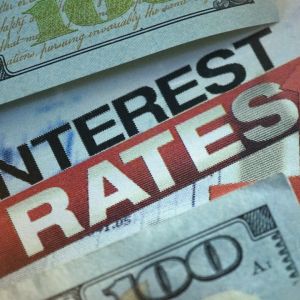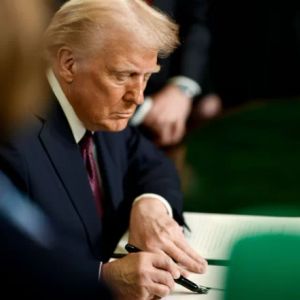Federal Reserve Vice Chair for Supervision Michelle Bowman said on Saturday that the latest soft jobs report adds to her worries about the health of the labor market and supports her long-held view that three interest-rate cuts will likely be needed this year. Bowman was one of two governors who disagreed with the Fed’s decision last month to keep short-term interest rates between 4.25% and 4.50%, the level they have held since December. While many Fed officials have been reluctant to push for rate cuts because of concerns that tariffs from the Trump administration could slow progress toward lowering inflation to the Fed’s 2% target, recent comments from several policymakers suggest growing support for cuts. Speaking to the Kansas Bankers Association as mentioned in a Reuters report , Bowman said acting at the last meeting would have been a way to guard against more damage to the labor market and a possible slowdown in economic growth. Her comments on Saturday placed even greater emphasis on labor market weakness than her earlier explanation following last month’s policy vote. According to a Cryptopolitan, Bowman had already signaled her openness to supporting a July rate cut if inflation remained low Unemployment rises as job growth slowed The Labor Department reported on Friday that the unemployment rate rose to 4.2%, which Bowman described as “close to rounding up to 4.3%.” The same report also revised past figures, showing job growth over the last three months slowed to an average of 35,000 per month. “This is well below the moderate pace seen earlier in the year, likely due to a significant softening in labor demand,” Bowman said. She added that her own forecast since last December has included three rate cuts for this year, and the latest jobs data strengthens that outlook. As highlighted by Cryptopolitan , Bowman and Waller’s earlier calls for policy easing had already shifted market expectations. The Fed has three policy meetings left in the year in September, October, and December. Economists generally view job gains of about 100,000 a month as enough to keep the labor market steady. That figure may be lower now due to reduced immigration since President Donald Trump began his second term in January. Bowman’s clear backing of rate cuts comes as Trump has repeatedly pressed the central bank to ease policy. The search for a replacement for Fed Chair Jerome Powell, whose term ends in May, is already underway. Among those being considered is Governor Christopher Waller, who, like Bowman, dissented from last month’s decision. Bowman said she began making the case for a July rate cut during the Fed’s June meeting. Trump, meanwhile, has claimed that the latest jobs figures were “rigged” and dismissed the commissioner of the Bureau of Labor Statistics shortly after the report was released. Policies expected to offset tariff impact Bowman has often said that large revisions to employment data make her careful about relying too much on a single report. However, on Saturday she noted that the most recent information on economic growth, jobs, and inflation points to higher risks to employment, one of the Fed’s two main goals. She also said that recent inflation numbers make her more confident that the administration’s tariffs will not cause lasting price increases. Without tariff-related goods price rises, underlying inflation is “much closer” to the Fed’s 2% target than the official June reading of 2.8%, which was based on the core personal consumption expenditures price index over 12 months. Bowman said Trump’s policies, including tax reductions and deregulation, are likely to balance out any economic slowdown or price increases caused by import tariffs. With housing demand possibly at its lowest point since the financial crisis and the labor market no longer adding upward pressure on inflation, she said the chances of prices rising too quickly have reduced. Cryptopolitan Academy: Want to grow your money in 2025? Learn how to do it with DeFi in our upcoming webclass. Save Your Spot















